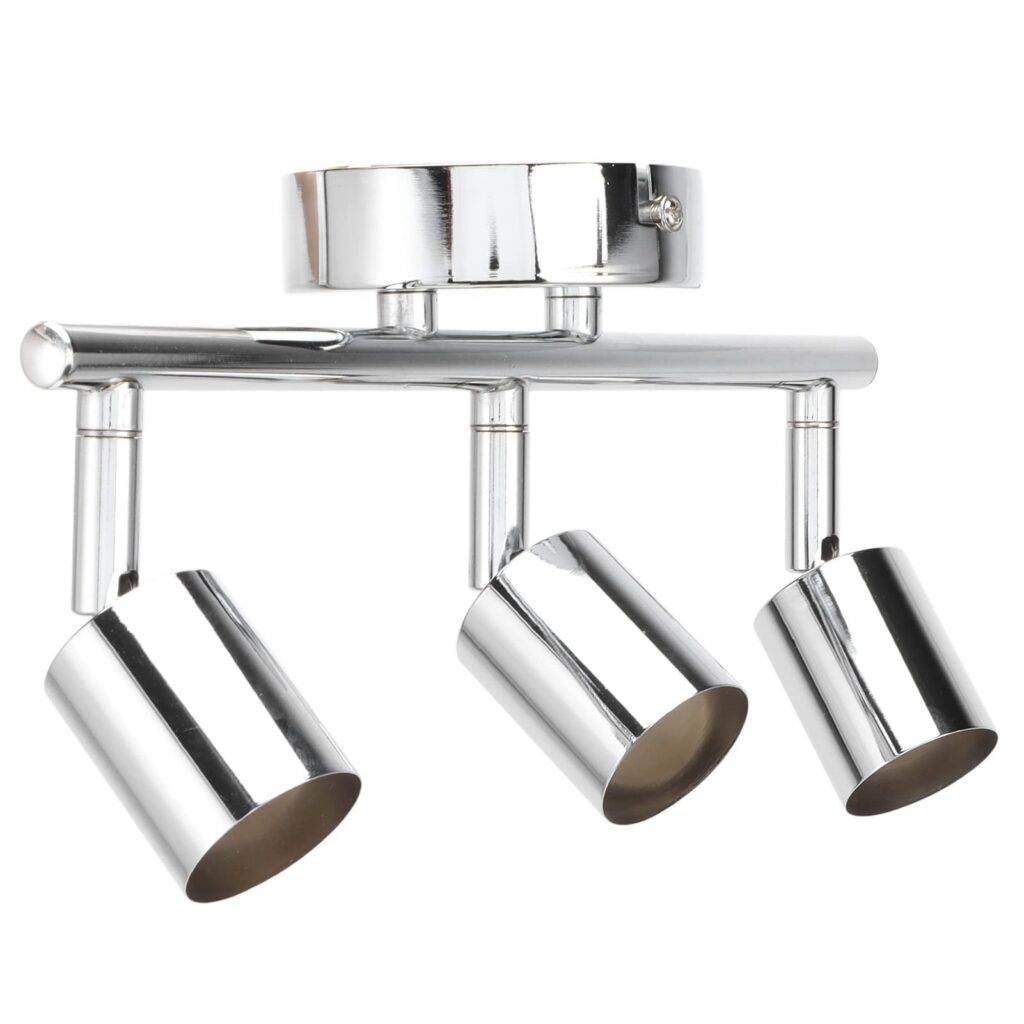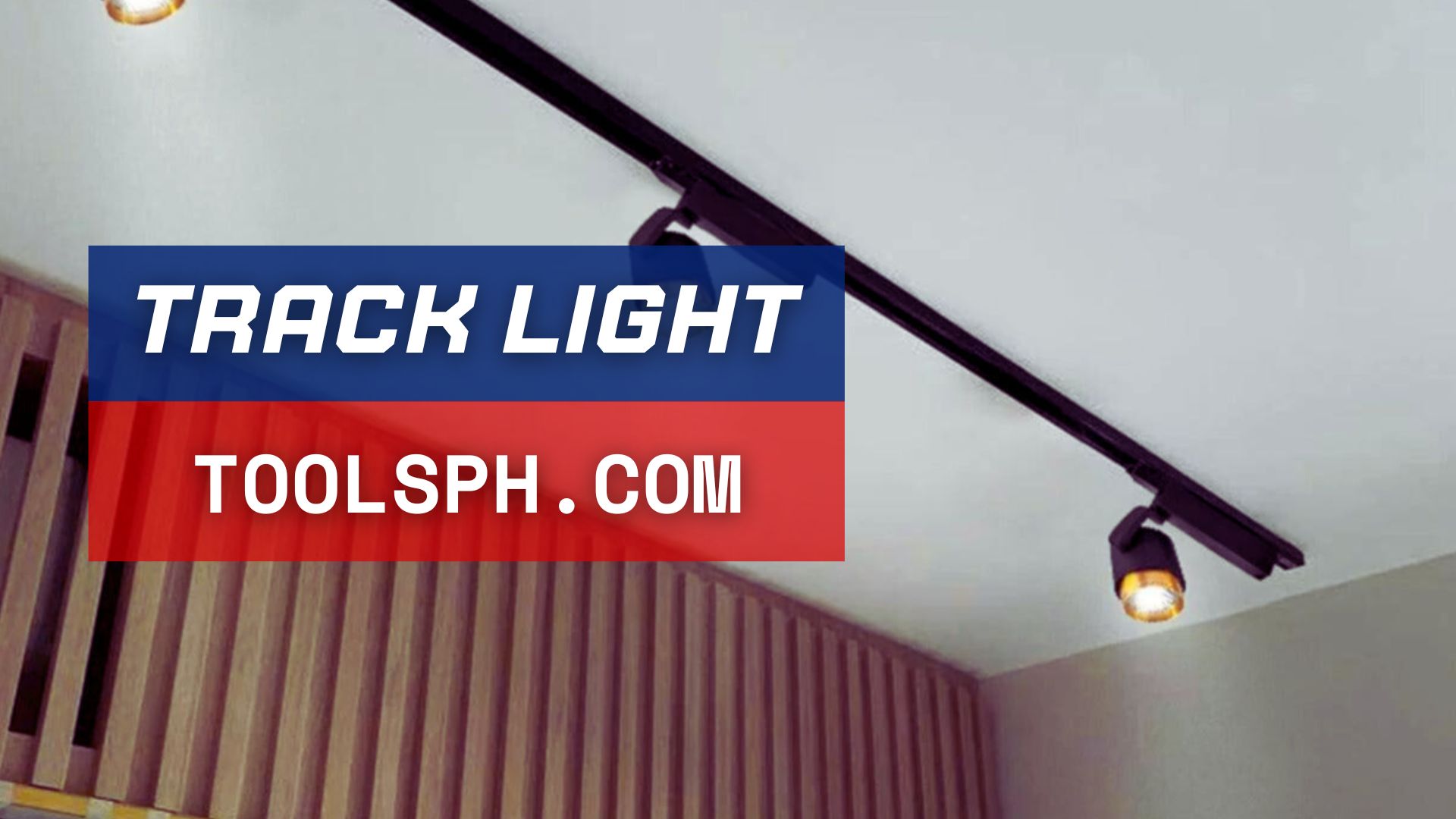A system of track lighting allows for the adjustment of direction and positioning by mounting several light fixtures on a continuous track. To provide bright illumination with little heat output, track lights frequently use halogen or LED bulbs. They can highlight artwork, architectural details, or work areas with focused lighting thanks to their movable heads. Because they are easy to install and can be tailored to fit various layouts and design preferences, track systems are a popular option for contemporary, adaptable lighting solutions in both residential and commercial settings.
Track Light Prices
Track light prices vary depending on its brand, watts, input voltage, and material used. Its price ranges from ₱218.00 to ₱398.00.
| Details | Watts | Input Voltage | Material | Prices |
| LITB | 12 W | 220 V | Aluminum | ₱218.00 |
| LITB | 20 W | 220 V | Aluminum | ₱258.00 |
| LITB | 40 W | 220 V | Aluminum | ₱398.00 |
| One Fire | 12 W | 220 V | Plastic, Aluminum | ₱207.00 |
| One Fire | 30 W | 220 V | Plastic, Aluminum | ₱311.00 |
| TEP | 20 W | 220 V | Plastic, Aluminum | ₱246.00 |
| TEP | 40 W | 220 V | Plastic, Aluminum | ₱341.00 |

Advantages of Track Light
Versatility – Because track lights can be positioned and directed differently, they can be used for a variety of lighting configurations as well as a variety of spaces and applications.
Customization – Track systems provide flexibility in configuration and a wide range of aesthetic options. They can be readily tailored to meet specific layouts, design preferences, and lighting requirements.
Targeted Illumination – Users can precisely control the amount of light that is directed towards particular areas, objects, or architectural features with the help of track lights’ adjustable heads, which improves both the functionality and aesthetic appeal of the lighting.
Simple Installation – Compared to more complicated lighting installations, track lighting systems are comparatively simple to install, often requiring only a few mounting points and straightforward wiring. This saves installation time and labor costs.
Low Maintenance – LED track lights have a longer lifespan and require less maintenance, which means fewer maintenance efforts and bulb replacements.
Disadvantages of Track Light
Restricted Coverage – Compared to other lighting fixtures, track lights usually cover a relatively small area, which makes them less effective as general ambient lighting in larger spaces.
Fixed Positioning – Although track light heads are movable, the track’s overall positioning is set once it is installed. This can make lighting setups less flexible and necessitate the addition of more tracks for more intricate setups.
Heat Generation – When used for extended periods, halogen track lights have the potential to produce a lot of heat. If this heat output is not properly ventilated or maintained, it could cause discomfort or even result in a fire.
Video of Track Light
FAQs
Track lighting is commonly used where?
Track lighting is widely used in both commercial and residential spaces, including living rooms, offices, galleries, shops, and art studios.
Which kinds of light bulbs are utilized in track lighting?
Track lighting can make use of halogen, LED, and fluorescent bulbs, among other types of bulbs. Because of their extended lifespan and energy efficiency, LED bulbs are becoming more and more popular.
Is it possible to dim track lighting?
Dimmer switches can be used with many track lighting systems, giving users the ability to customize the light’s brightness.
In what way is track lighting set up?
Installing track lighting usually involves attaching the track to the wall or ceiling and plugging it into a power source. After that, the light fixtures are wired appropriately and fastened to the track.
Does track lighting have any restrictions?
Limited coverage, fixed positioning, glare and shadows, aesthetic concerns, heat generation, cost, compatibility problems, and installation complexity are some of the limitations of track lighting.


